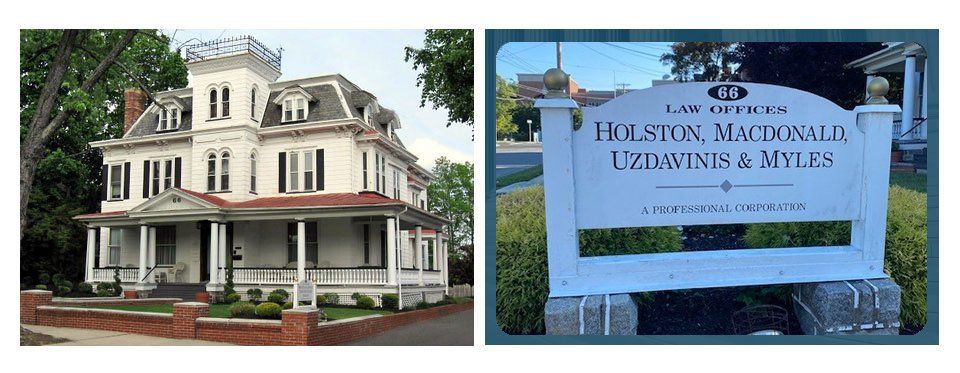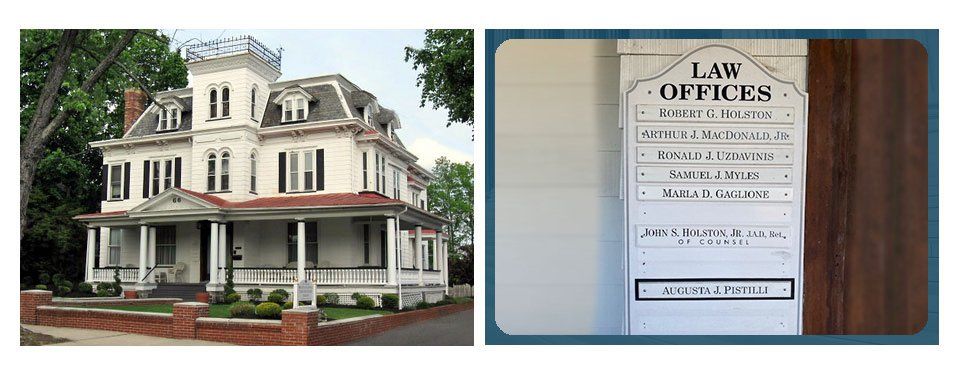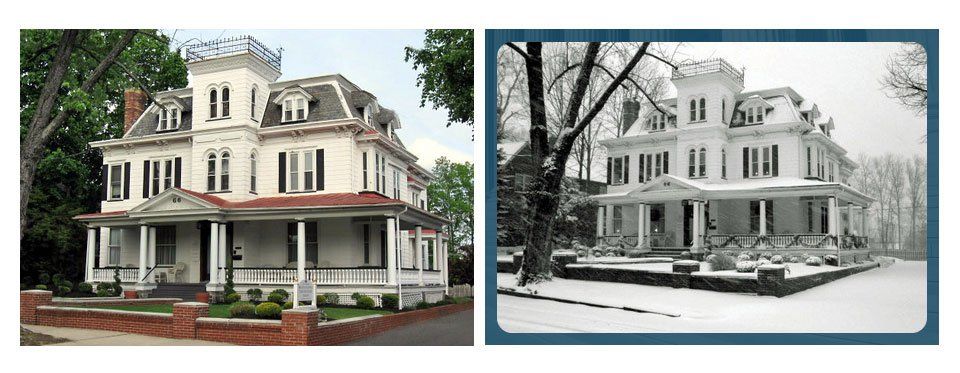Behind the Scenes Process for Deciding Appeals in the Appellate Division
John S. Holston Jr. JAD (Ret)
Twelve appeals arrive at each Appellate Division judge’s chambers every week, usually in 3-4 boxes. The 8 Appellate panels, known as parts, consist of 4 judges each. The appeals are assigned by the presiding judge of each part to three judges on the part. The reason is because every fourth week is a “free week” given to the judge not assigned appeals that week so that judge can finish writing the judge’s outstanding opinions. It is known among the appellate judges as a “catch-up week”.
Each judge is assigned by the Appellate Division Part’s presiding judge 9-10 of the twelve appeals to review. Each judge, at a minimum, before oral argument reviews for each appeal the Notice of Appeal, the trial judge’s opinion, either written or a transcription of the judge’s oral opinion, the appellant’s and respondent’s briefs, and the pertinent exhibits in the appendices relevant to the issues on appeal.
The judge for the more complicated appeals and those with a voluminous record (multiple transcripts) will also have the advantage of a Central Research memo or a law clerk memo. Central Research is a group of career lawyers (16+) employed by the Appellate Division Clerk’s office. The lawyers are generally specialists in the particular areas of the law in which they author a memo. The memos are provided to each of the judges assigned to review the appeal to which the memo pertains. The same is true of the law clerk memos. The presiding judge of the panel assigns to each appellate division law clerk for the judges on the panel, the responsibility to write a memo for the appeal assigned to him or her. The clerk writes the memo not only to the judge for whom he/she is clerking but to every other judge on the panel.
Both the Central Research and law clerk memos make specific reference to the record, statutory and case law citations for the rule of law suggested as applicable to the issue on appeal and contain a recommendation as to how the appeal should be decided and why.
Each judge emails the judge’s “pinks” to his/her side judges. The day or night before the scheduled oral argument, each judge reads the pinks from the judge’s side judges, the Central Research or law clerk memos, if there is one, and rereads his/her own “pink” in preparation for the conference among the side judges, which is held 1 1/2 to 2 hours before the start of the scheduled oral arguments. (Several of the appeals will not have a Central research or law clerk memo). The judges discuss with each other, not only the appeals to be orally argued, but also those appeals submitted for decision without oral argument. After discussion, the judges assigned to each appeal preliminary arrive at a consensus as to how each issue on appeal should be decided.
If, as among themselves, questions still exist as to how the appeal should be decided, the judges discuss the questions they believe should be directed to the attorneys at oral argument and they make certain those questions are answered during the oral argument.
After the argument, the judges again conference with each other as to whether the argument has changed in whole or in part their preliminary assessment as to how the appeal should be decided. When they finally arrive at agreement, the presiding judge assigns each judge 4 opinion to write. If a judge strongly disagrees with his/her side judges, the judge can write a dissenting opinion or is he/she agrees but for a different reason, a concurring opinion. A dissenting opinion creates an appeal as of right to the Supreme Court. Rule 2:2-1 (a) (2).
Sometimes, while writing an opinion, which necessarily requires a closer analysis of the law to the facts, the judge assigned to write the opinion may decide the panel’s initial determination was incorrect and is not sustainable. The judge then calls his/her side judges and they re-conference the appeal via telephone. Sometimes, the resolution of the appeal changes, is modified, or after further discussion, remains the same.
After the judge assigned to write the opinion drafts it (called a “green” because it is on green paper) but before he/she submits it to the judge’s side judges for approval (called “signing-off”), the judge gives it to his/her clerk for editing. The law clerk checks the accuracy of citations, the opinion for history and factual accuracy, (this requires checking trial and deposition transcripts), sentence structure, spelling, punctuation, juxtaposition of the paragraphs within the opinion and clarity to the reader. This often requires limiting the opinion to the facts on appeal unless the panel seeks to make a broad new statement of the law, which will be cited in the future as precedent as to the issue involved in the appeal.
When satisfied with his/her “green” after 2-4 revisions, the judge submits it to the “side” judges seeking to have them “sign-off” on the opinion. The side judges generally call the judge who authored the opinion, discuss the opinion, usually suggest and sometimes require as a condition of their “sign-off” changes. Some suggested changes are substantive and others simply stylistic. Some deal with choice of words, grammar, or punctuation e.g. placement of a comma and some concern the substantive law applicable to the issues on appeal.
After each side judge (2 if a 3 judge opinion and 1 if a 2 judge opinion) signs off, the judge authoring the opinion converts it to a “white”, (meaning on white paper) with the side judge’s suggested changes incorporated in the opinion and submits it to the Appellate Division clerk for filing and distribution to the attorneys or pro se parties on the appeal. If the presiding judge approves and it is a 3 judge opinion, (the presiding judge decides before the “pinks” are written whether the issues warrant a 3 judge or 2 judge opinion) the opinion can be published. The authoring judge can ask that it be published or the presiding judge may suggest its publication. However, before it can be published all of the side judges must agree the opinion is worthy of publication. Occasionally, publication is rejected because it is thought to simply represent the application of well established law to the facts on appeal and not the establishment of a new procedural or substantive rule of law or clarification of an unclear legal principle. If the opinion is published, it is a signed opinion. Non-published opinions (the vast majority of the 110 ± opinions written by each judges during the court year) in the Appellate Division are per curium and do not bear the name of the judge who wrote the opinion.
Every Appellate Division opinion is written by the judges themselves, not their law clerks. It is a tedious process designed to produce the most thoughtful and accurate opinion. Every judge writes 100 ± opinions between September and June and an additional 10 ± opinions during the summer session. The judge reviews 220 ± opinions written by the judge’s “side” judge. On occasion, the judge through an opinion becomes
involved in the development of the law because the opinion addresses a heretofore uncharted area of the law.






